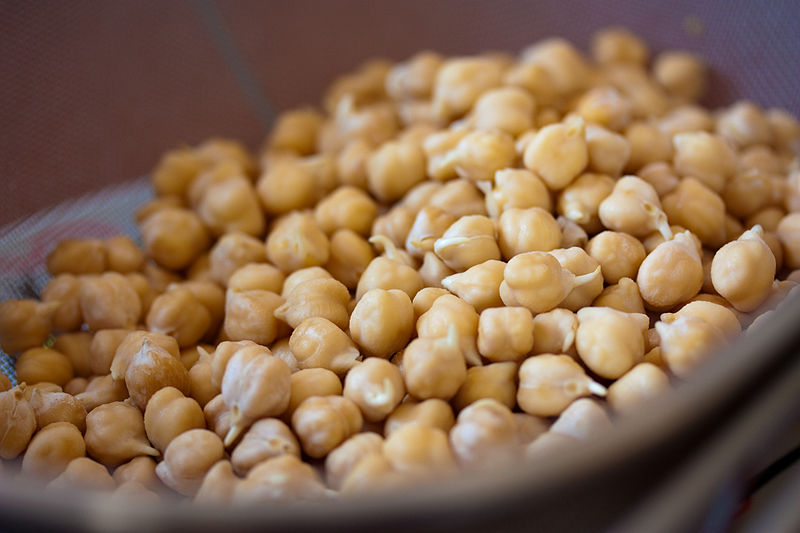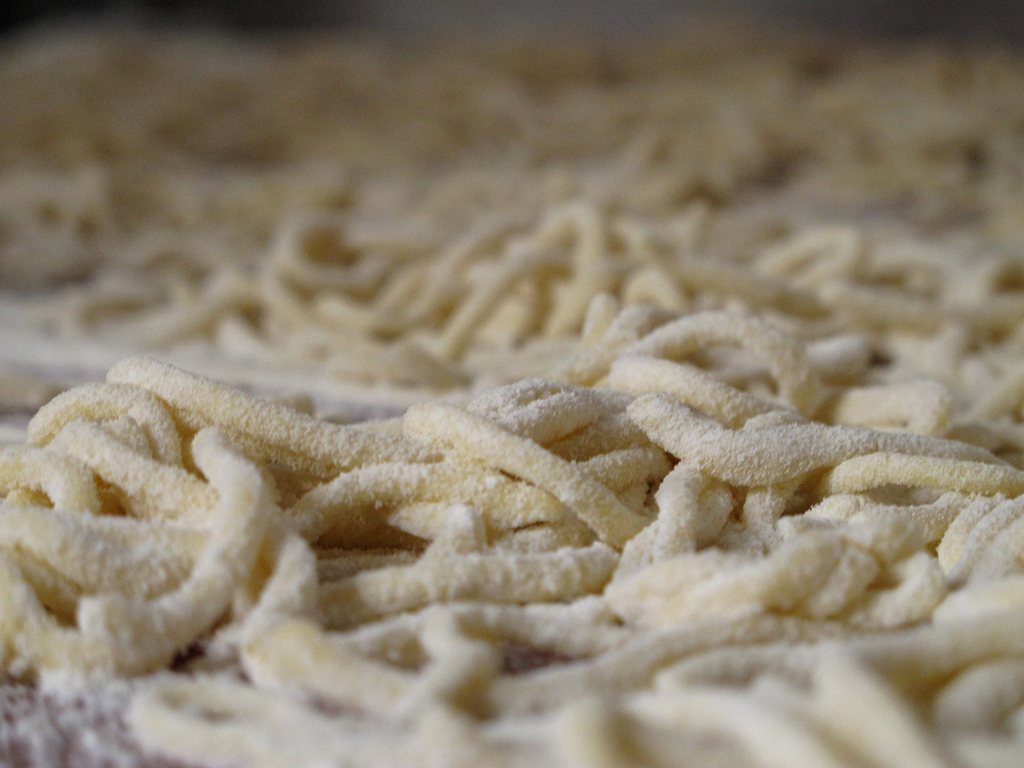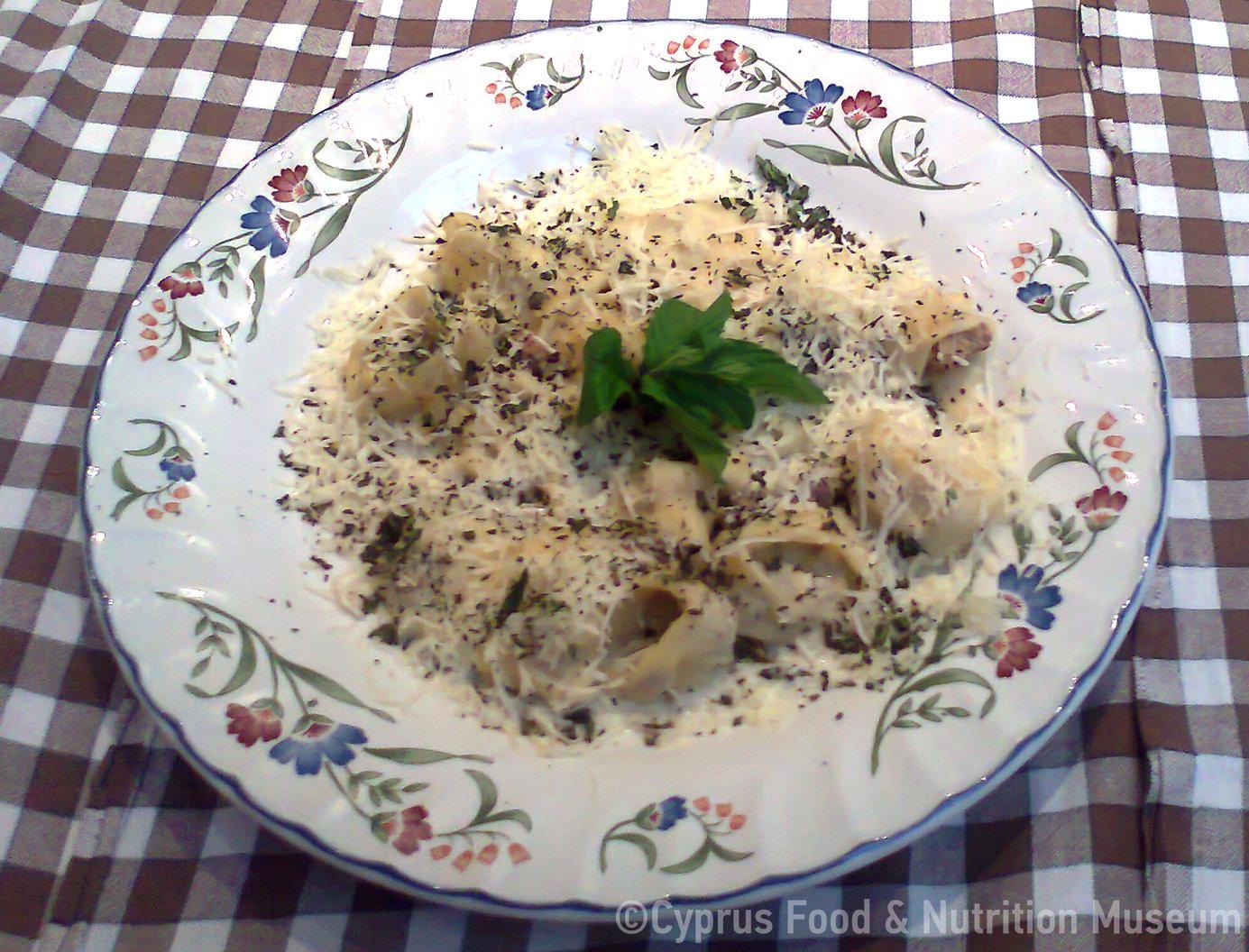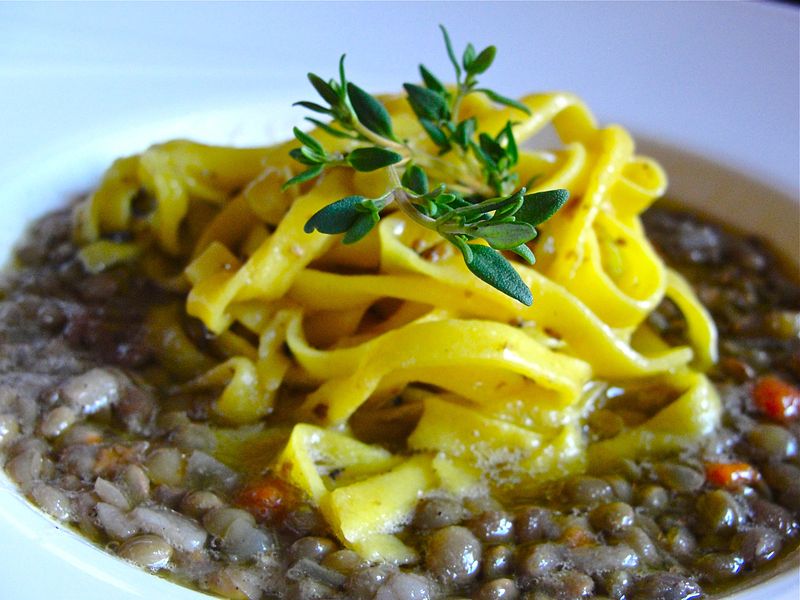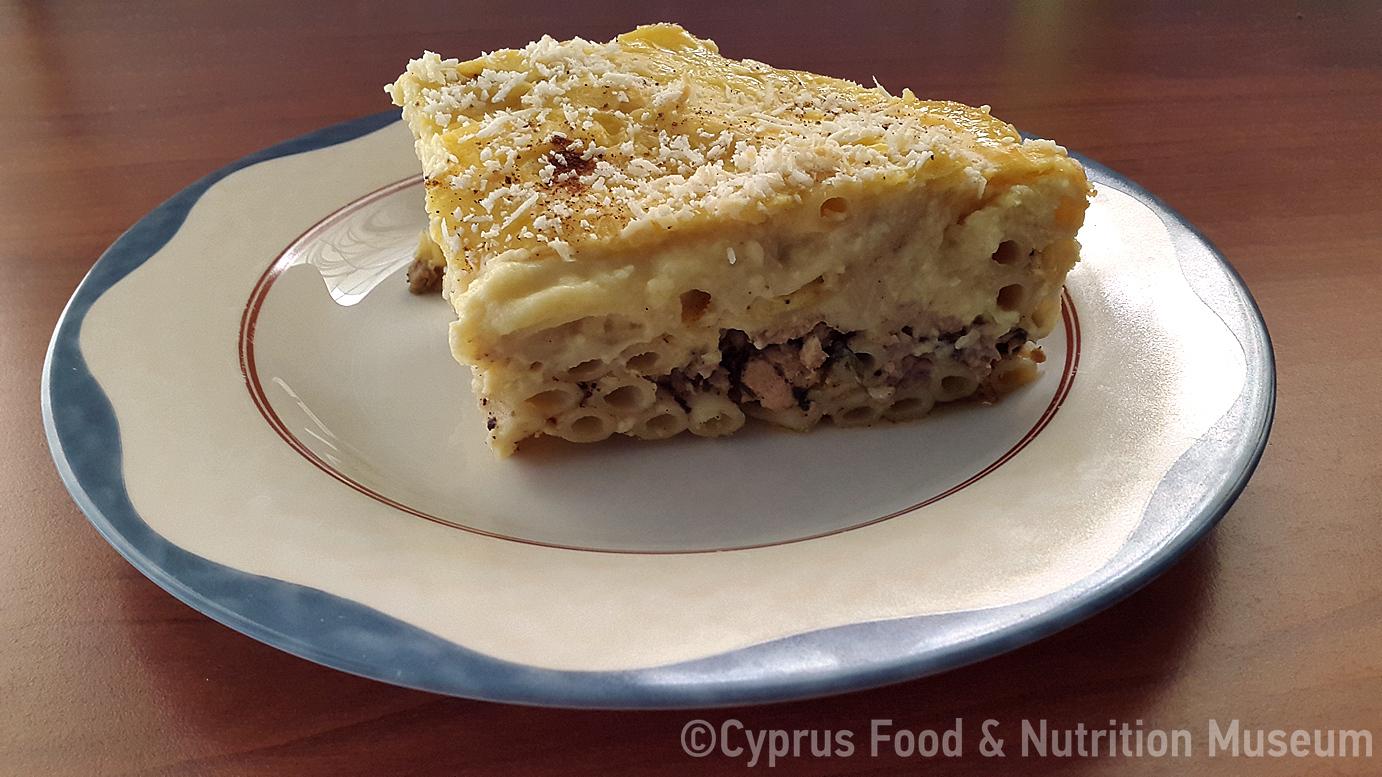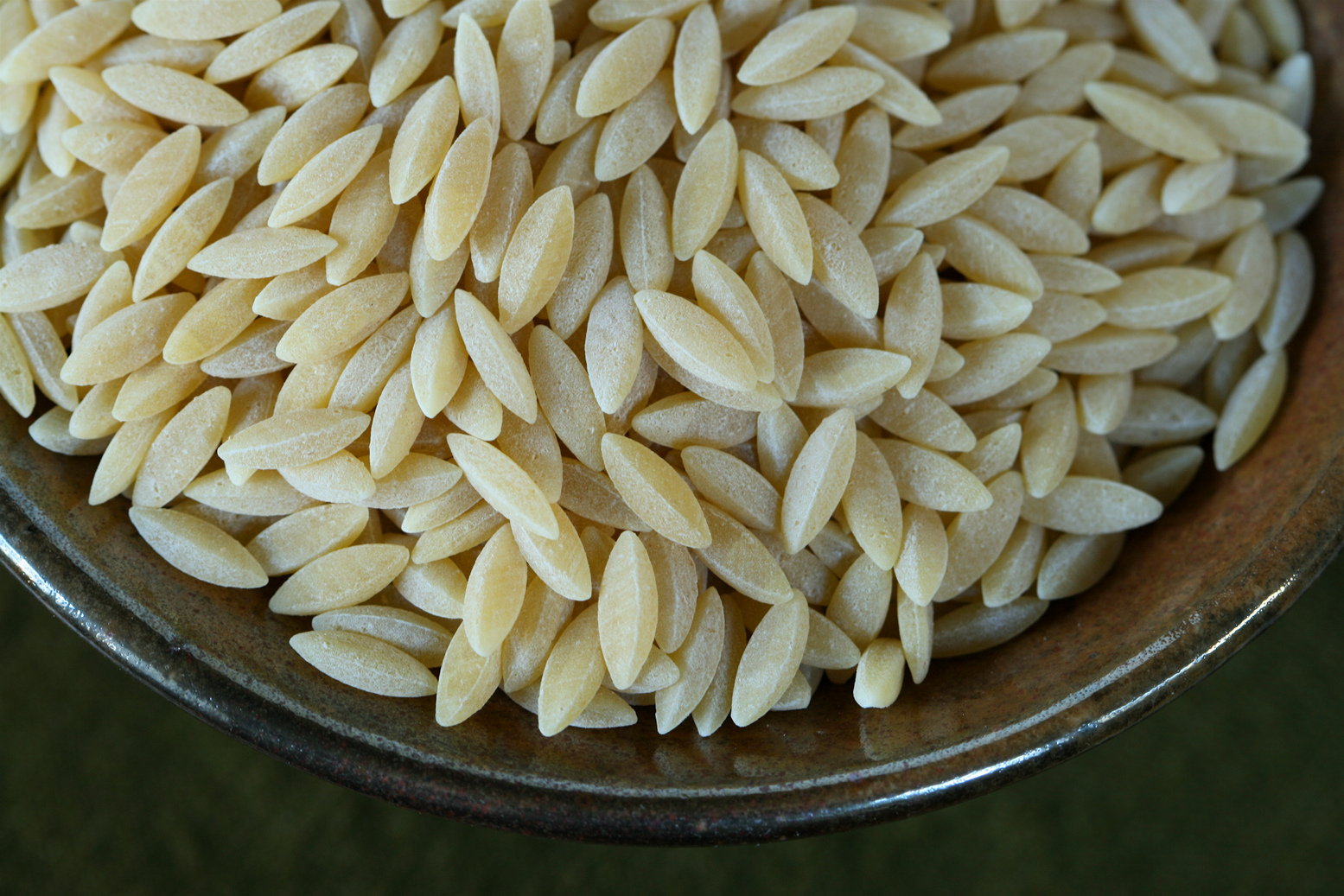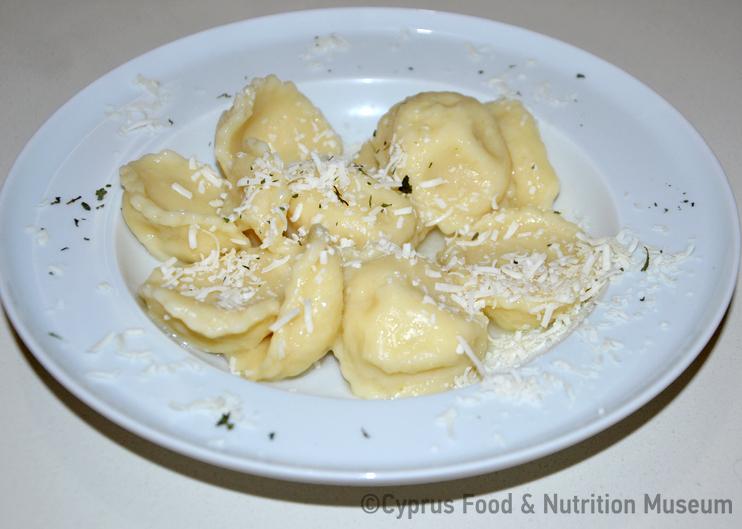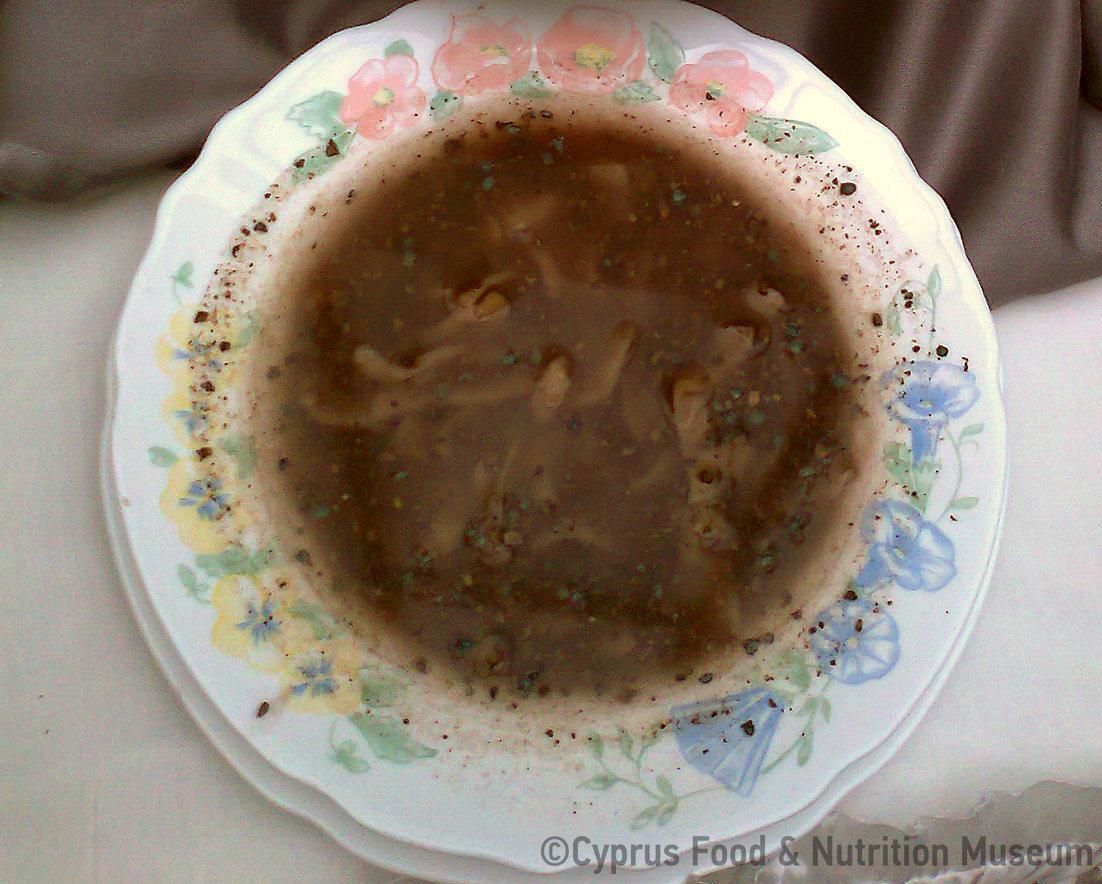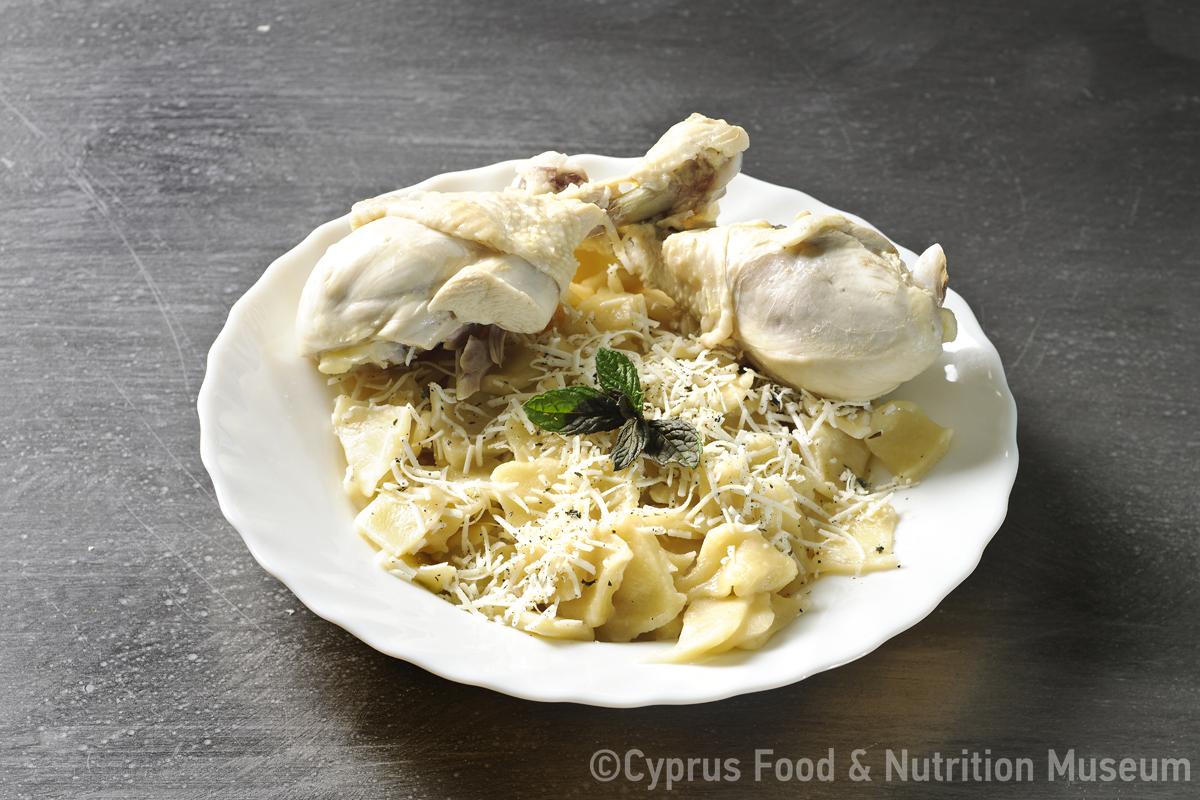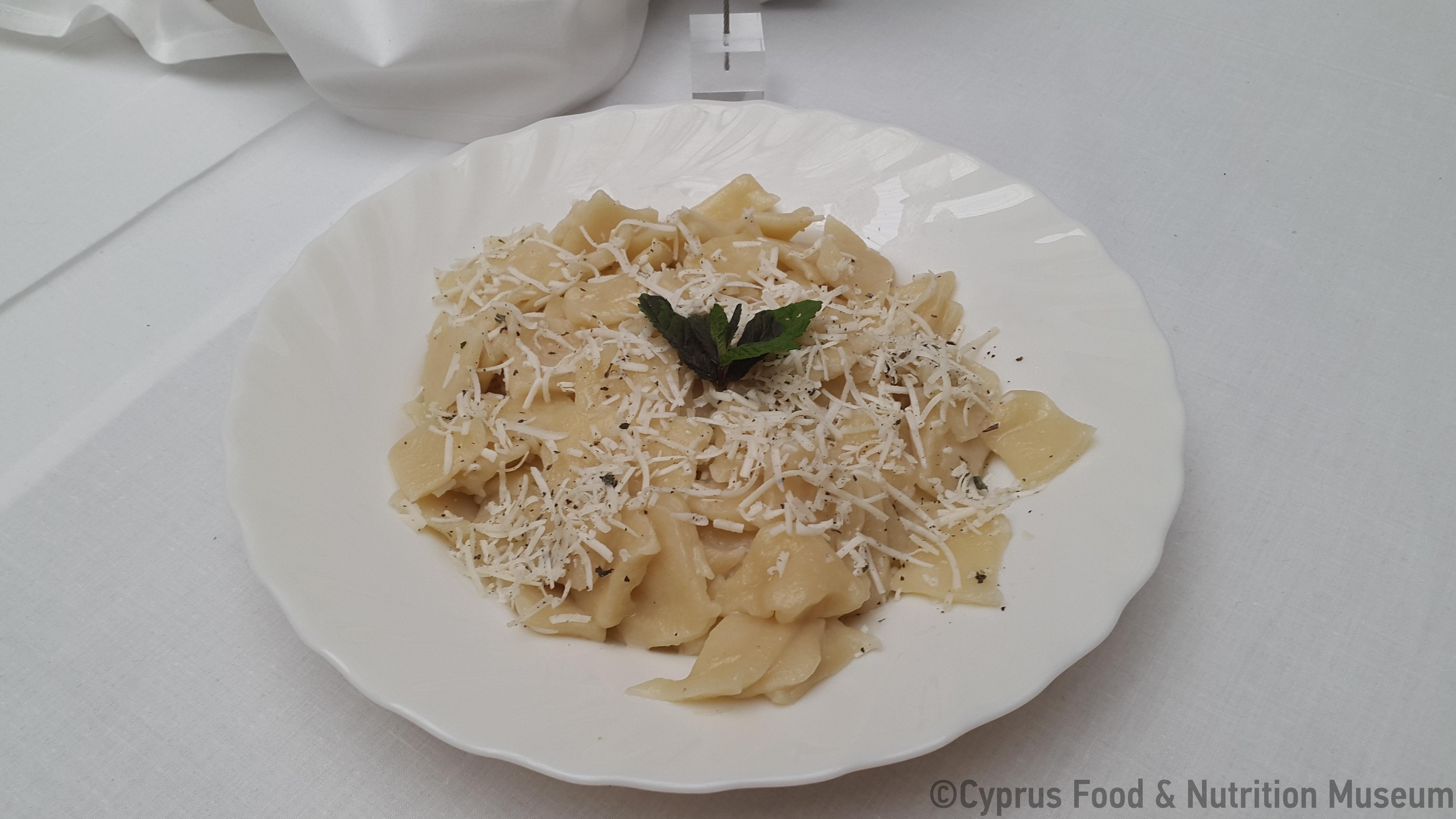A type of pasta.
Name - Origin
A type of pasta. A sheet of dough was rolled over a saítta (a cylindrical smooth rod used to roll out pies) which was removed afterwards. The rolled dough was cut in pieces and thin strips of dough were formed which were called trín (Kypri - Protopapa, 2003, 265). Trín is boiled with milk or honey (Yangoullis 2009, entry τριν,το, 482).
ETYM: According to Kyriakos Hadjioannou, the word trin comes from the ancient Greek ítrion and according to Kostas Karapotosoglou the word trin come from the Arabic itriya (Yangoullis 2009, entry τριν,το, 482). Ftenites: Paraskevas M. Samaras, in his article «Παραδοσιακές τροφές από ζυμάρι» (traditional foods made from dough) in the journal Λαογραφική Κύπρος (Cyprus Folklore), notes that the name of this pasta seems to have derived from how it was cut i.e. 'fteno-fteno' which means thin (Samaras 1992, 84).
Housewives would roll out a thin sheet of dough and cut it into thin strips (Samaras 1992, 84).
Functional and symbolic role
Trin was a common food that children used to eat for breakfast before going to school, and which harvest workers used to eat for dinner (Kypri - Protopapa 2003, 267).
They would usually prepare fresh trin, but many housewives would prepare trin and dry it in the sun and store it in bags for the winter. Usually trin was boiled. It was consumed in many ways, according to when it would be consumed, i.e. whether during the fasting period or not. During the non-fasting period, people would eat it with trímman (grated cheese) made from either halloumi or anarí cheese. Trin would also be boiled with milk and called galótrin (Petrou-Poeitou 2013, 35), to which sugar would, sometimes, be added. On fasting days, they would prepare trin as a fasting dish; on days when oil consumption was permitted, they would add to boiled trin either fried onions or fried pieces of bread or fried trin. On fasting days when oil consumption was not permitted, they would eat trin with honey, usually with carob syrup. Trin was usually combined with lentils or louvana. Trin was prepared with broth as a soup or without broth. In particular, trin with added fried food was like a soup. Sometimes, bulgur wheat was added to the soup together with trin, as mentioned by Agios Mamas of Limassol (Kypri - Protopapa 2003, 265-266).
Additional information and bibliography
Kypri Th. - Protopapa K. A. (2003), Παραδοσιακά ζυμώματα της Κύπρου. Publications of the Centre for Scientific Research, XVIII, Nicosia.
Petrou-Poeitou E. (2013), Από πού κρατάει η σκούφια τους. Λέξεις και ιστορίες από τον κόσμο της γεύσης, Epiphaniou Publications, Nicosia.
Samaras P. M. (1992), «Παραδοσιακές τροφές από ζυμάρι», Λαογραφική Κύπρος 22,42, 83-86.
Varvara Yangou, Demetra Demetriou, Tonia Ioakim, Argyro Xenophontos
